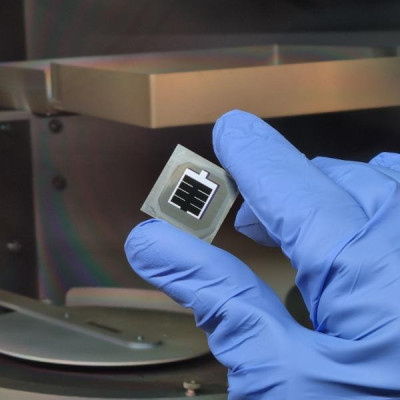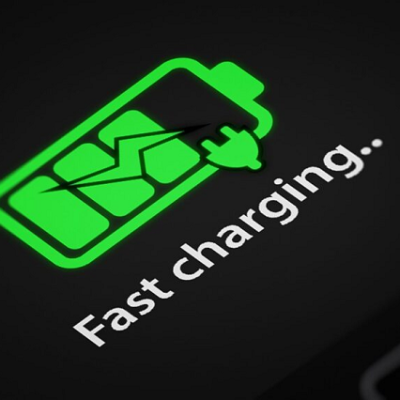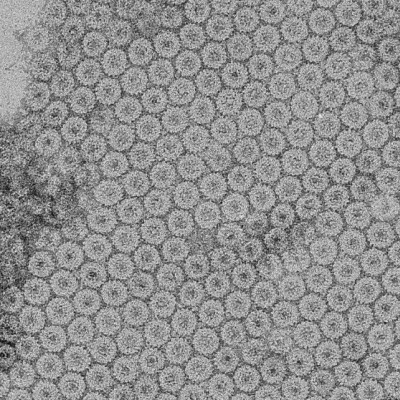Quantum dots have unique properties that make them ideal for use in solar cells. Their small size allows them to absorb light of different wavelengths, including those in the ultraviolet and infrared spectrum, which are typically not absorbed by traditional solar cells. This means that quantum dot-based solar cells can potentially harness more of the sun’s energy, leading to higher efficiency.
Moreover, quantum dots can be synthesized in a solution, which makes them easier and cheaper to produce than traditional solar cells. This could significantly reduce the cost of solar energy, making it more accessible to a wider range of consumers and businesses.
However, the use of quantum dots in solar energy is not without its challenges. One of the main issues is the stability of quantum dots. These tiny particles are highly reactive, which means they can degrade quickly when exposed to environmental conditions. This can reduce the lifespan of quantum dot-based solar cells, making them less practical for long-term use.
Researchers are currently exploring various strategies to overcome this issue. One approach is to encapsulate the quantum dots in a protective layer to shield them from the environment. Another is to use materials that are more stable and less reactive than the semiconductors currently used in quantum dots.
Despite these challenges, the potential of quantum dots for solar energy is undeniable. With further research and development, quantum dot-based solar cells could revolutionize the renewable energy sector, providing a more efficient and cost-effective solution for harnessing the power of the sun.
In addition to solar energy, quantum dots also hold promise for other applications in the field of renewable energy. For instance, they could be used in the development of next-generation batteries, which could store more energy and charge faster than current models. This could further enhance the viability of renewable energy sources, which often suffer from issues related to energy storage and intermittency.
In conclusion, while there are still hurdles to overcome, the future of quantum dots in the renewable energy sector looks bright. As we continue to explore and innovate in the realm of nanotechnology, we move closer to a sustainable energy future where clean, renewable sources like solar power play a central role. Quantum dots, with their unique properties and potential for high efficiency, could be a key piece of this puzzle, helping us to harness the power of the sun more effectively and sustainably.
Read the original article on Fagene Wassani Technologies.







